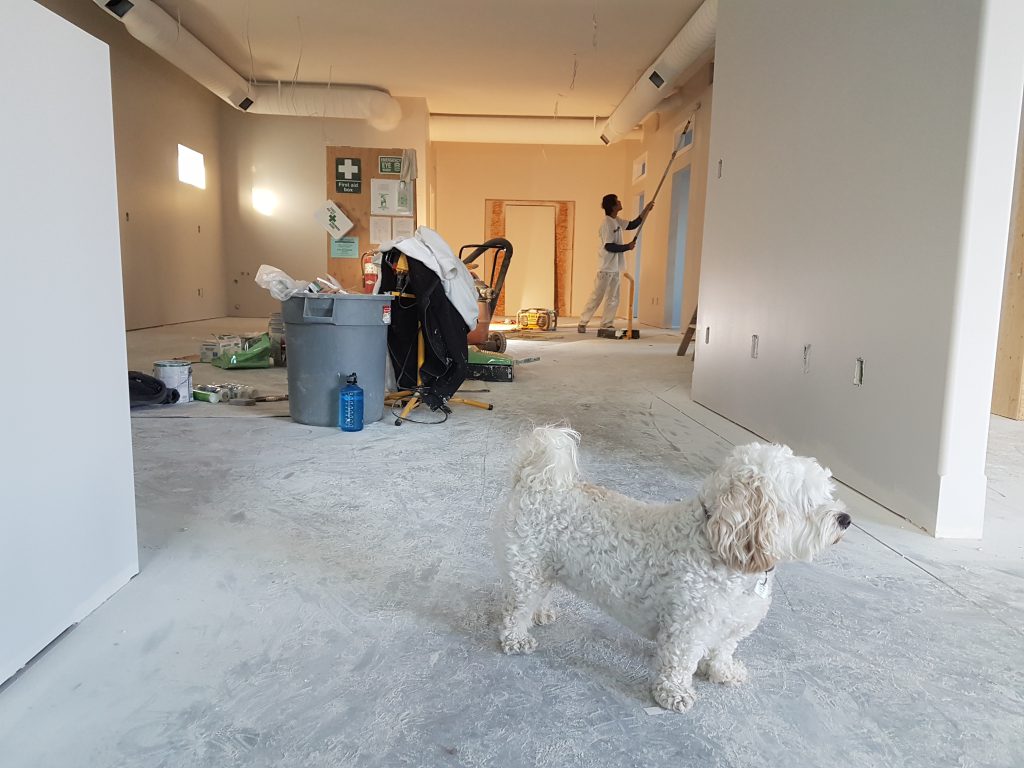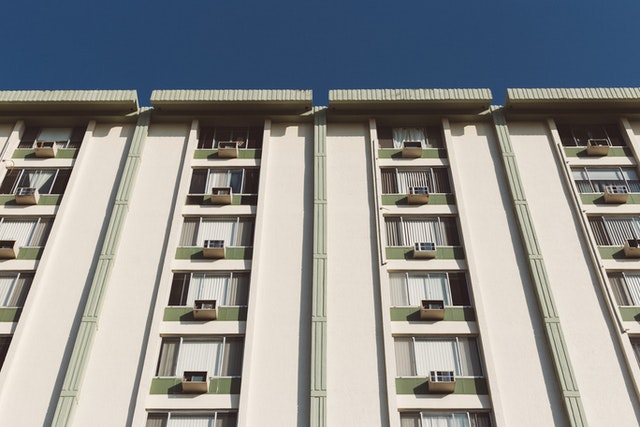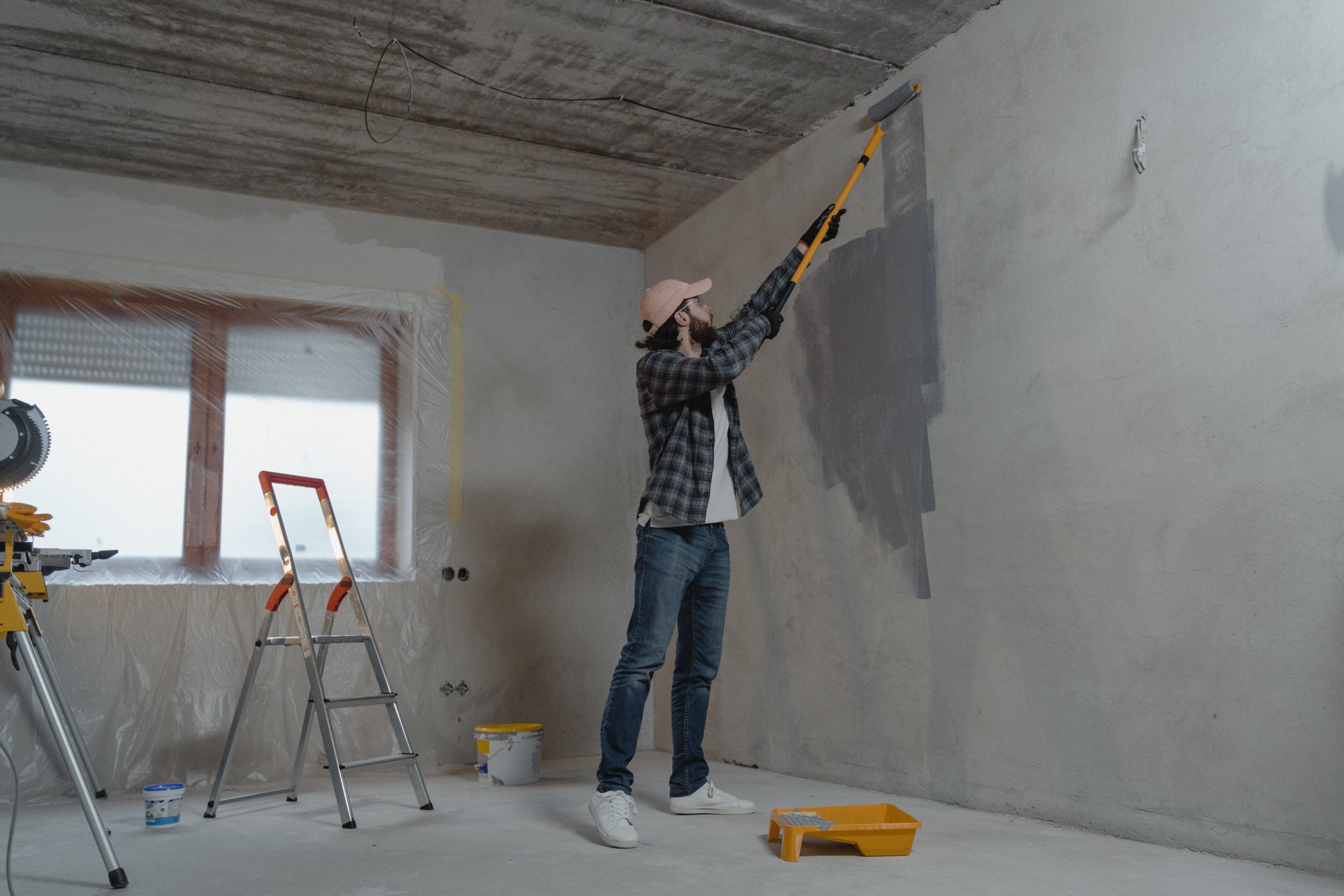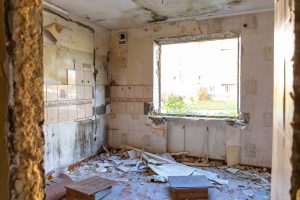Who does not want an apartment that he can leave to his children, an additional apartment for investment, something that will finance his studies from regular rent, an anchor to start life that can start from a significantly better starting point. Every parent’s dream.
This dream sometimes causes us to act out of past dreams and past patterns which is different from residential real estate where there is a place to give weight to the emotional pan in this situation it is important to have a pure business decision, which will bring maximum security and profit over time. Therefore, this article will focus on understanding the big difference between an apartment and an investment versus a partnership in a building. After we understand the huge gap between them, it will be much wiser to proceed to examine the options before you
A single property VS investing in a cluster of houses/building.
Let’s get going
so what should
Invest in a single property or a building?
Many investors consider direct investment in a private house in the US to be their preferred investment.
They dream of a private house that will be registered in their name “in Tabu” and managed by a local company or by the entrepreneurial company that sold the house to the investor.
the truth is,
We also started our investments in the USA over a decade ago in this way.
hall,
After several years in which we purchased private homes for ourselves and our investors,
We have reached very important conclusions regarding investing in a single property, with an emphasis on remote investment:
Here are our conclusions regarding a single property:
1. The profitability of a single property is very sensitive to the repairs that the property needed .
for example:
Property leased for $1,000.
Fixed direct expenses on the property: property taxes, property insurance and payment to the management company.
Assuming property taxes are $200 per month,
Property insurance: $50 per month
And the management company charges $100
That means we will have $650 left after the fixed direct expenses.
now,
Let’s assume that after holding the property for six months, it became clear that the heating system in the house needed replacing.
A new system can cost between $3,000 and $3,500
The meaning of such a correction is that for 5-6 months we will have no income on the property!
The situation becomes even more difficult if during the maintenance period we have to replace the roof of the house.
Here already the cost can reach $5,000 to $7,000!
In this situation, we lost an entire year’s worth of income!!

2. The profitability of the property is very sensitive to the days when the property is empty.
Suppose that after a year in which the property was rented, the tenant decides not to extend the contract and leaves.
This means that we now need to look for a new tenant.
The first step will be to prepare the property for the new tenant.
We will usually have to repaint the property throughout the house
(or at least in part) and sometimes also to clean or replace carpets in the property.
Usually the cost of replacing a tenant will range from $1,000 to $3,000.
Second step – finding a new tenant.
It will usually take between 30-45 days to find a new tenant (depending on the season and the market you work in, of course).
Now let’s say the cost of getting the property ready for the new tenant cost us $1,500 and it took us 30 days to find a tenant.
If you think about it, it would be more correct to say that it is not the investor who lives in Israel who will find the tenant, but the management company he hired, and for that they will charge a tenant finding fee equal to a full month’s income of 64.
Yes, let’s now calculate the cost of changing the tenant
(includes days when the property was empty and includes a fee for finding a tenant):
$1,000 loss month 2016
+
$1,000 tenant finding fee
+
$1,500 cost of preparing the property for the new tenant
Total: $4,500 in lost revenue
Or in other words – loss of profits of half a year!
3. Built-in conflict of interest in the management company for the investor :
When it comes to a single property, the investor has a distinct interest
There will be a minimum turnover of tenants in his property and the cost of maintenance will be as low as possible.
However, the management company has a clear opposite interest – as much turnover of tenants as possible and as much maintenance in the property as possible,
Because for every change of tenant, the management company receives a commission, as you remember, and for every repair in the property, the management company receives a percentage (approximately 20% of the amount of the repair).
4. Very limited ability to obtain banking leverage:
As foreign investors who own one or two individual properties, it is extremely difficult to get bank leverage.
Especially when it comes to properties that are worth less than $150,000.
If you buy properties worth more than $150,000 you may be able to get bank financing, but you will compromise on the return on the property.
ZA, properties that are worth between 150 and 200 thousand dollars will usually yield a return of about 5-6 percent
Compared to a property worth $80,000 that would yield a return of 8-10 percent.
And here are the clear reasons why it is very worthwhile
invest specifically in residential buildings:

Due to the above reasons, several years ago we came to the insight that it is much better for an investor to purchase large groups of properties or to purchase a residential building that includes many rental units,
All of this within the framework and with the cooperation of other investors, thereby achieving distinct advantages over investing in a single property:
- The sensitivity to corrections is low –
Let’s say in a cluster of 20 properties or one residential building with 20 apartments, replacing a heating system in one of the houses or apartments will be extremely marginal in its effect on profits and general returns. - Low sensitivity to changing tenants –
She is also doing wonders. A situation in which there is no income at all for months as we detailed regarding a single property – does not exist, assuming reasonable management. - The conflict of interest decreases –
The conflict of interests with the management company decreases because the management company manages many assets for the group and does not wish to lose a large client for it.
In addition, holding a large cluster of properties often allows the entrepreneur to own a management company on his behalf or at least directly manage the local management company.
- And the big advantage – leverage!
Holding a cluster of properties or a residential building with many apartments allows the group that owns it to get a commercial mortgage on good terms and spread out payments for 30 years.
These are the main reasons why we like to invest in residential buildings,
Both in terms of management and in terms of profits .
In the investment groups that we organize at JBS, we use the extensive knowledge and experience we have gained in locating houses and residential buildings at prices lower than their market value.
In this way, we create for investors a ‘capital gain on paper’ already on the first day of the investment, which adds another “profit center” to the transaction.
In conclusion, in this article we reviewed the essential difference between a single property and a partnership in a multi-family building, as parents of children, it is important for both of us to leave as solid a foundation as possible for the generation after us. For this very reason, we invest our investments today exactly as we wrote in this article.








